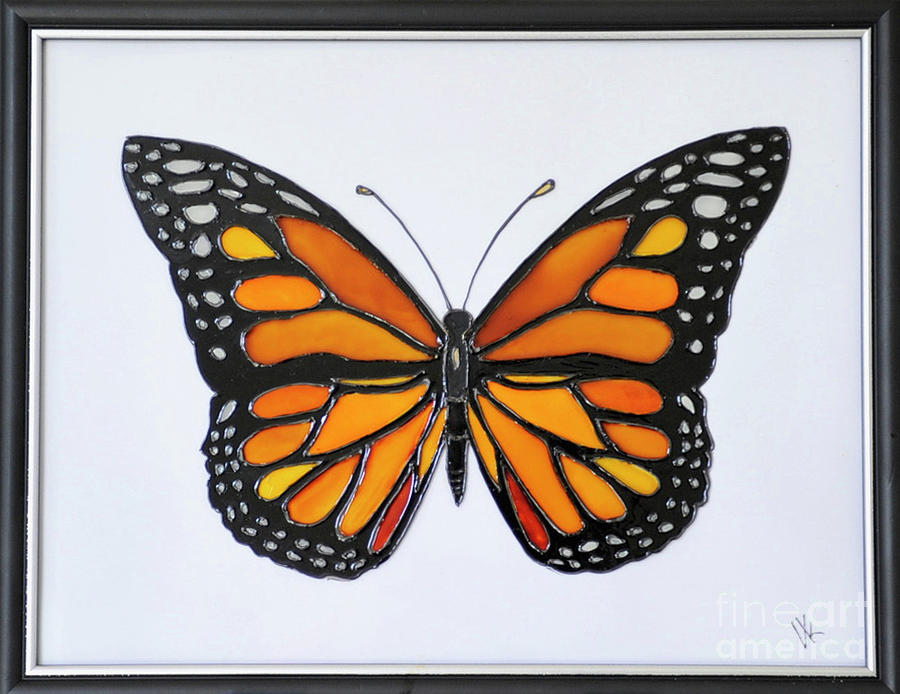
The Beauty of Butterfly Painting
Butterfly painting is a popular form of art that captures the beauty and grace of these delicate creatures. Artists have been inspired by butterflies for centuries, using their vibrant colors and intricate patterns to create stunning works of art. Whether you are a professional artist or a hobbyist, butterfly painting offers endless possibilities for creativity and self-expression.
Choosing the Right Materials
Before you begin your butterfly painting, it's important to gather the right materials. Start by selecting a high-quality canvas or paper that is suitable for painting. Acrylic paints are a popular choice for butterfly painting due to their versatility and vibrant colors. You will also need a selection of brushes in various sizes, palette knives, and a palette for mixing colors. Don't forget to protect your work area with a drop cloth or newspaper to prevent any accidental spills or messes.
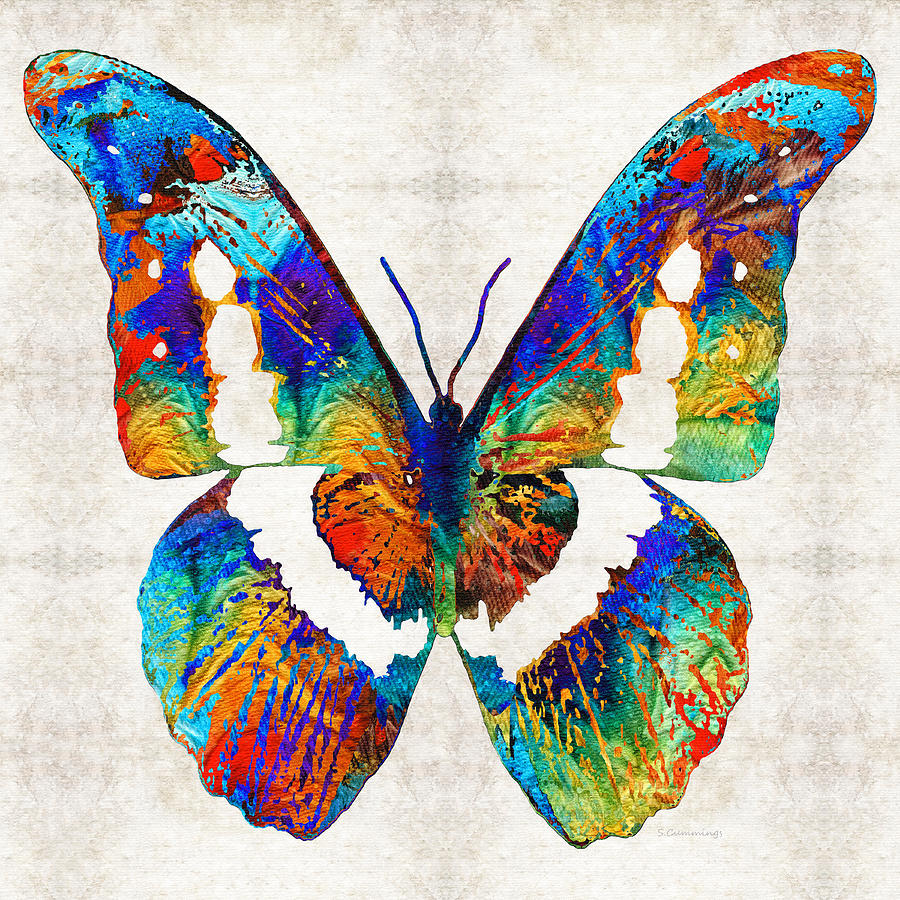
Preparing Your Canvas
Once you have gathered your materials, it's time to prepare your canvas. If you are using paper, make sure it is stretched or taped down securely to prevent any wrinkling or movement during the painting process. For canvas, you may need to apply a coat of gesso to create a smooth surface for your paint. Allow the gesso to dry completely before moving on to the next step.

Sketching the Butterfly
Before diving into the painting, it's helpful to sketch out the butterfly on your canvas or paper. Start by lightly drawing the basic shape of the butterfly's body and wings using a pencil. Pay attention to the proportions and details, as this will serve as the foundation for your painting. Once you are satisfied with the sketch, you can move on to adding color and texture.
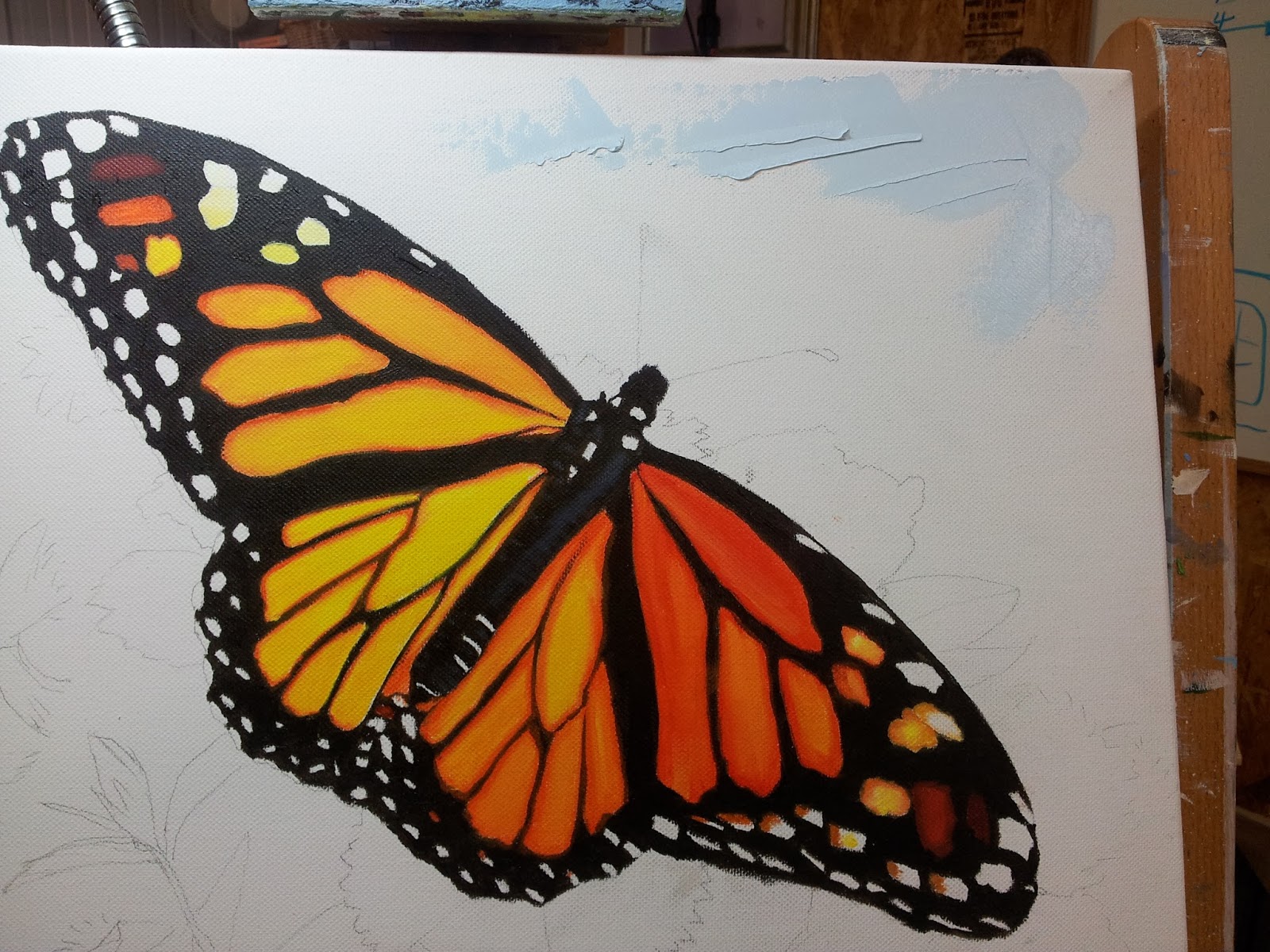
Adding Color and Texture
Now comes the fun part ??? adding color and texture to your butterfly painting. Start by applying a base layer of paint to the wings, using light, feathery strokes to mimic the delicate nature of a butterfly's wings. Gradually build up the colors, adding depth and dimension to your painting. Don't be afraid to experiment with different brush techniques and blending methods to achieve the desired effect. You can use a palette knife to create texture and add details to the butterfly's body.
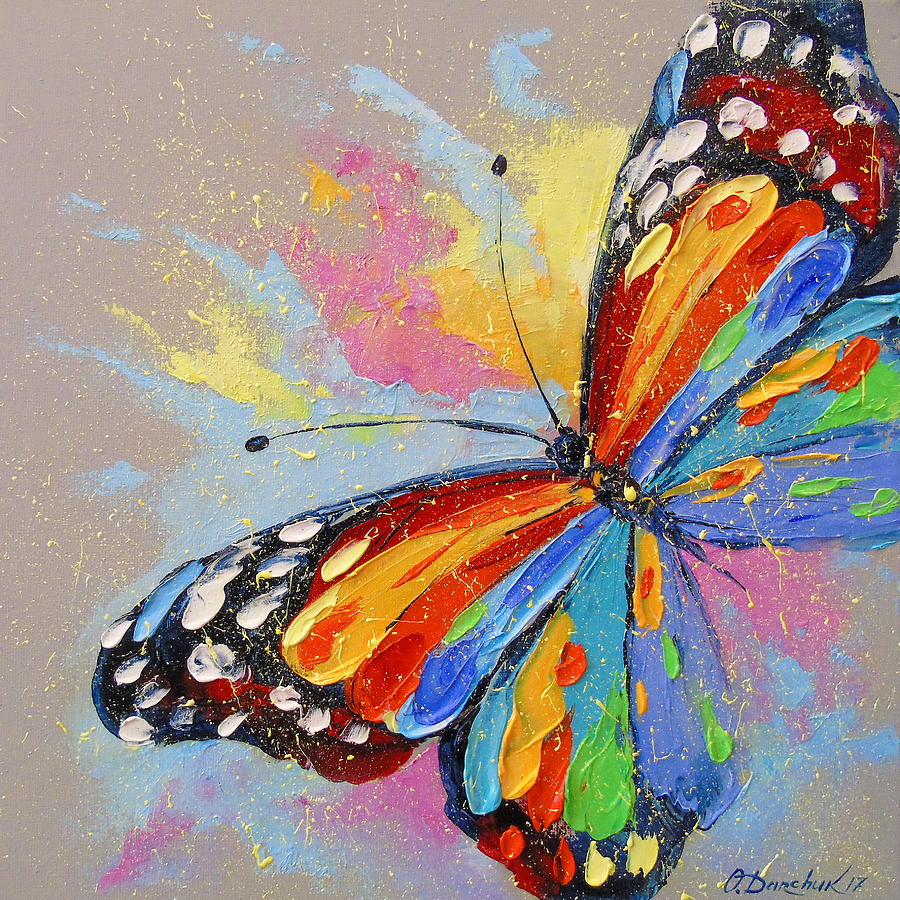
Creating Realistic Details
To make your butterfly painting truly come to life, focus on adding realistic details. Study reference images or observe butterflies in nature to understand their unique patterns and markings. Use a fine brush to add intricate lines and dots to mimic the scales on the butterfly's wings. Pay attention to the subtle variations in color and shading to create a realistic and captivating painting.

Experimenting with Different Styles
Butterfly painting allows for endless experimentation with different styles and techniques. You can choose to create a realistic and detailed painting, or opt for a more abstract and whimsical approach. Play with different color palettes, brushstrokes, and compositions to discover your unique artistic style. Don't be afraid to take risks and try new things ??? this is where true creativity shines.
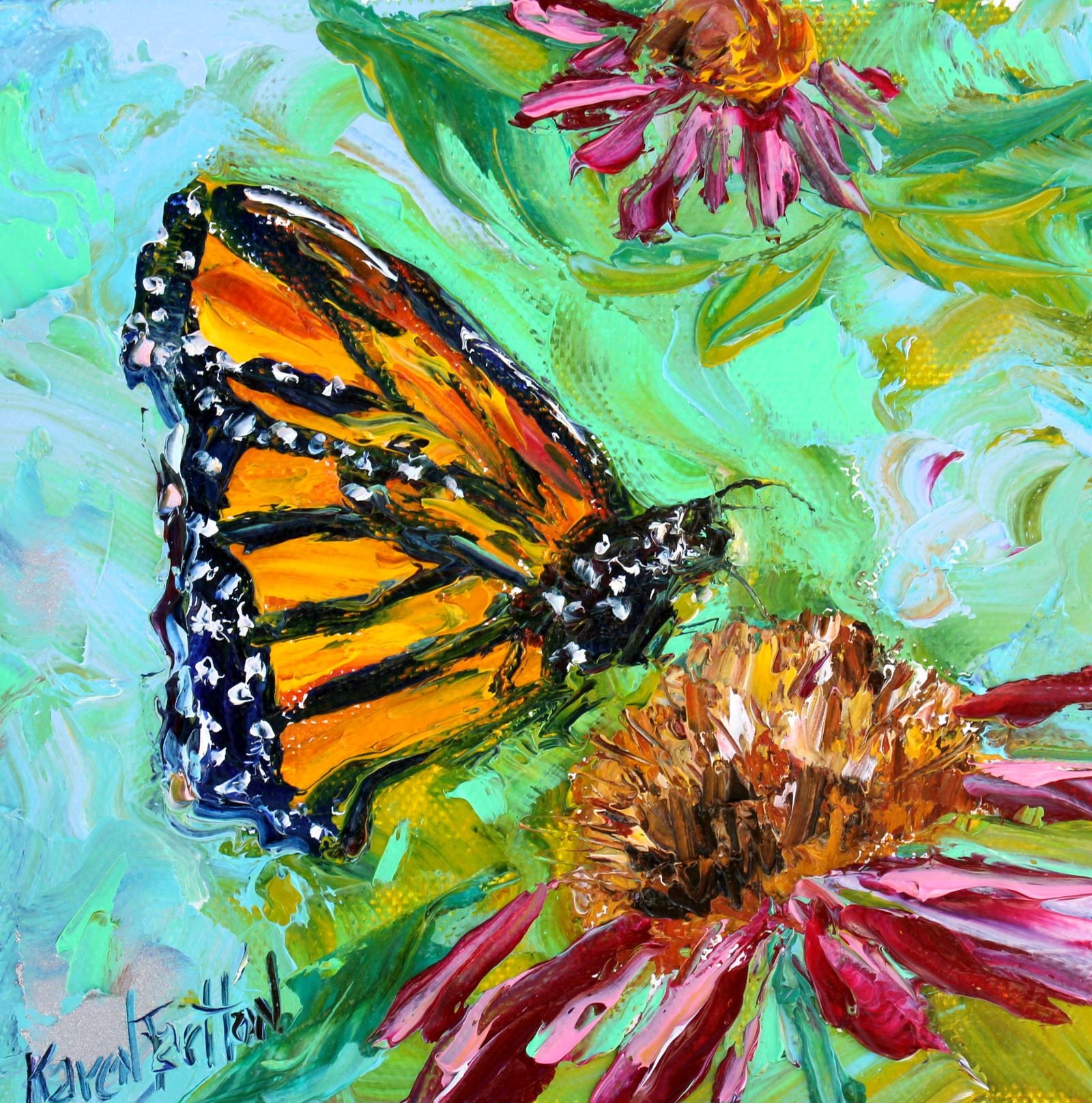
Adding Background and Finishing Touches
Once you are satisfied with your butterfly painting, it's time to add the finishing touches. Consider adding a background or surrounding elements to complement the butterfly and enhance the overall composition. This could be a simple wash of color or a more elaborate scene. Take a step back and assess your painting from different angles to ensure a balanced and visually appealing result. Don't forget to sign your artwork and let it dry completely before displaying or framing.
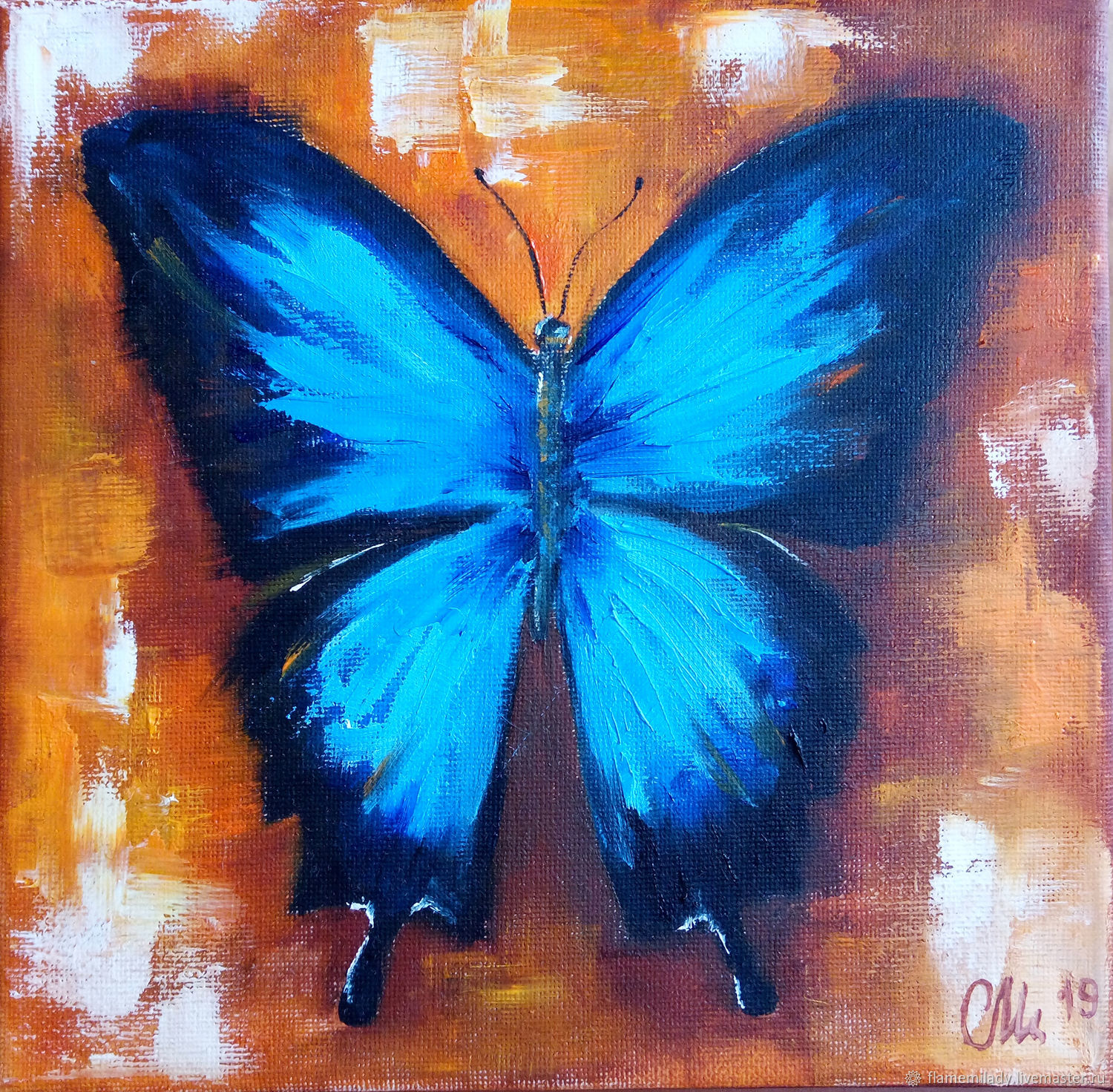
Displaying and Sharing Your Artwork
Once your butterfly painting is complete, it's time to showcase your masterpiece. Consider framing it to protect and preserve the artwork. You can hang it on a prominent wall in your home or even participate in local art exhibitions to share your talent with others. Additionally, you can share your artwork on social media platforms or create a portfolio to reach a wider audience and receive valuable feedback from fellow artists and art enthusiasts.
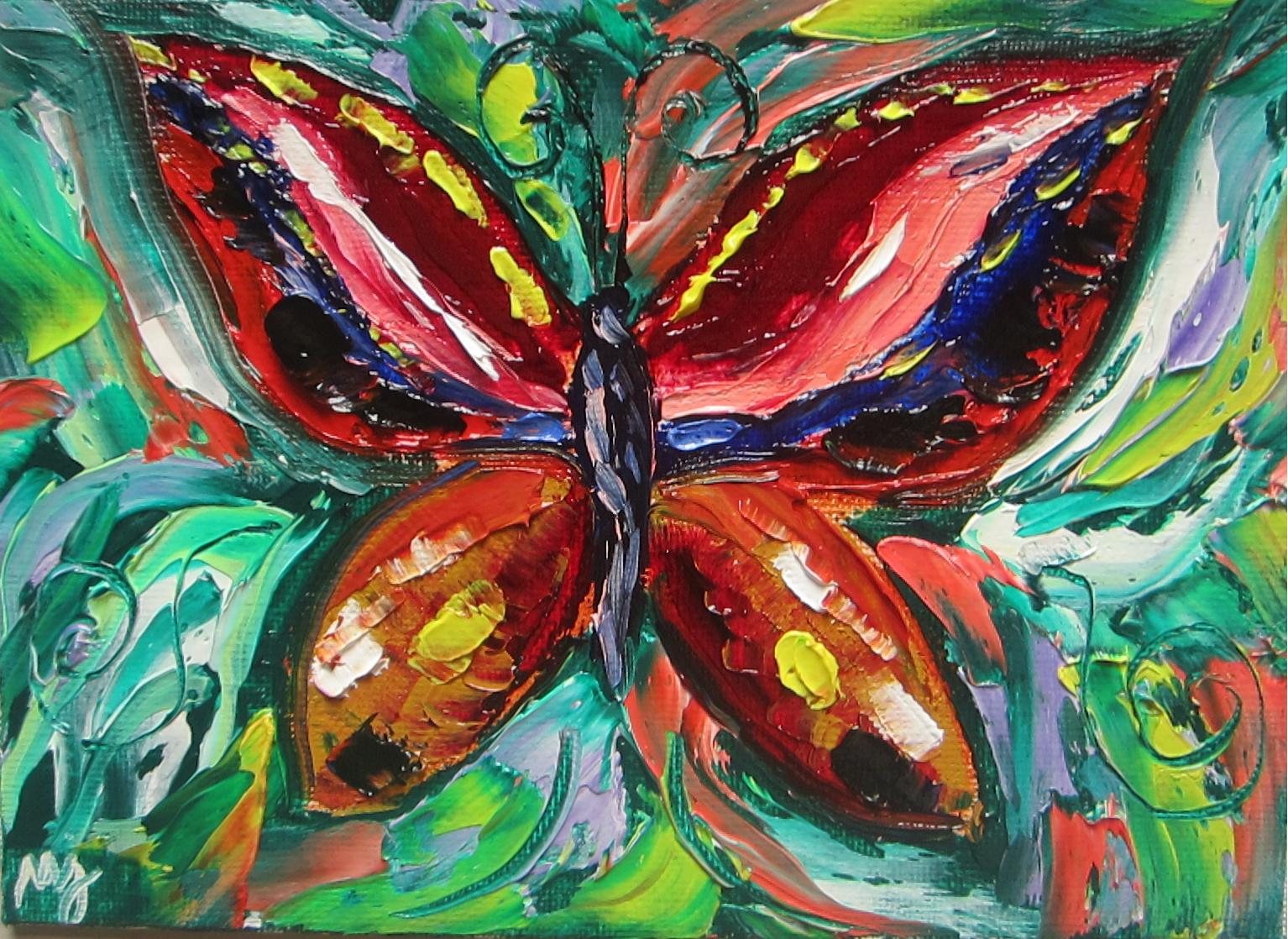
Conclusion
Butterfly painting is a captivating and rewarding form of art that allows you to explore your creativity and showcase the beauty of these remarkable creatures. By following the steps outlined above and experimenting with different techniques and styles, you can create stunning butterfly paintings that will leave a lasting impression. So, grab your brushes, let your imagination soar, and embark on an artistic journey filled with color, texture, and inspiration.